Although we have already hit the average total amount of rainfall for the year we are only about half-way through our wet season of December to March! At our ecological design education and demonstration site in Ramona, CA (San Diego County) we have received about 16 inches so far this year. Our average is about 16 inches a year so we are looking great! Northern California has especially received a lot of rain and snow, snow being the most important for us here in Southern California as we receive about 20% of our water from that.
There are currently a plethora of articles in the media talking about if the drought is over. People want to know if water restrictions going to be lifted? Is the drought over? Drought this, drought that.
Here at Permasystems, we don't think the question of whether we are in a drought or not should be the central issue or talking point. The point is the AVERAGE rainfall we are seeing is going down and the AVERAGE temperatures are going up. We certainly need to plan for "drought" years but we absolutely cannot go back to the amount of water we were using pre-drought, (most recent) once the "drought" is over. We NEED to plan for the new normal.
There are many things we can do to adapt to these new conditions. For one, we need to ramp up rainwater harvesting on a massive scale for homes, business, schools, government builds, streets, parks, etc. Not only are we seeing less rain but more intense rain events in short periods of time that cause serious flooding.
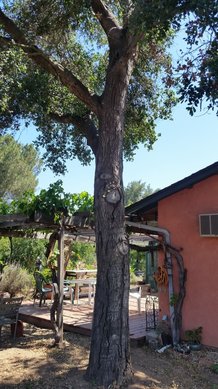 Native Coast Live Oak tree planted in Ramona, CA will never need any water once established after a year or two from planting.
Native Coast Live Oak tree planted in Ramona, CA will never need any water once established after a year or two from planting.
Fifth and last, use less. Once we get used to using less water, it's easy. Shorter showers, less toilet flushing, less car washing, no lawns, fixing leaks, etc. - all adds up to a lot!
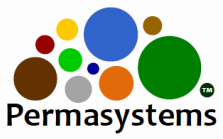
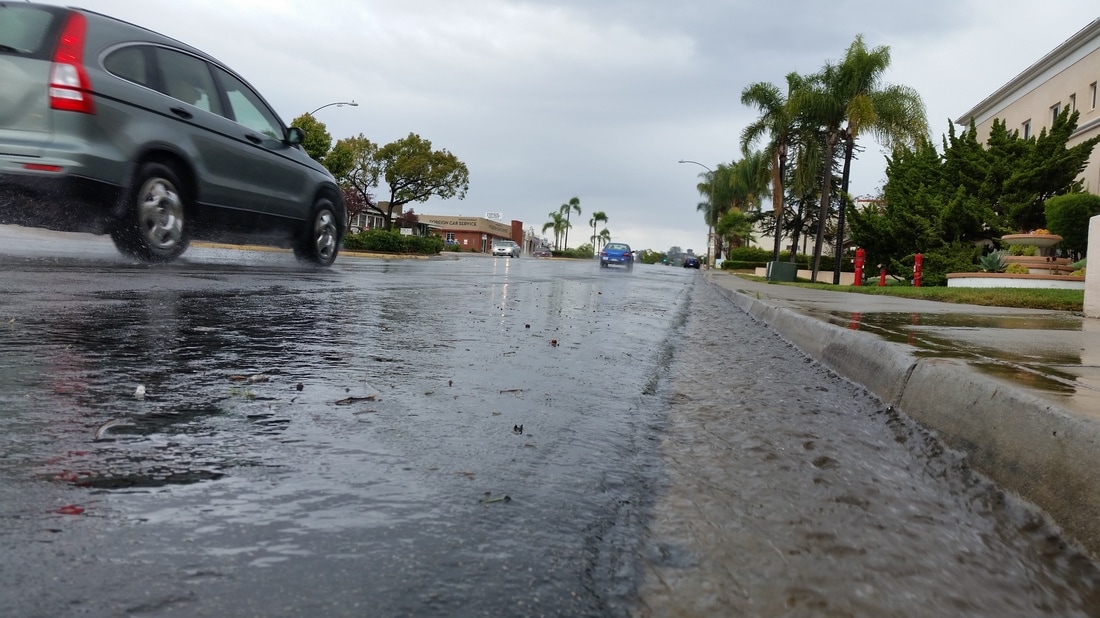
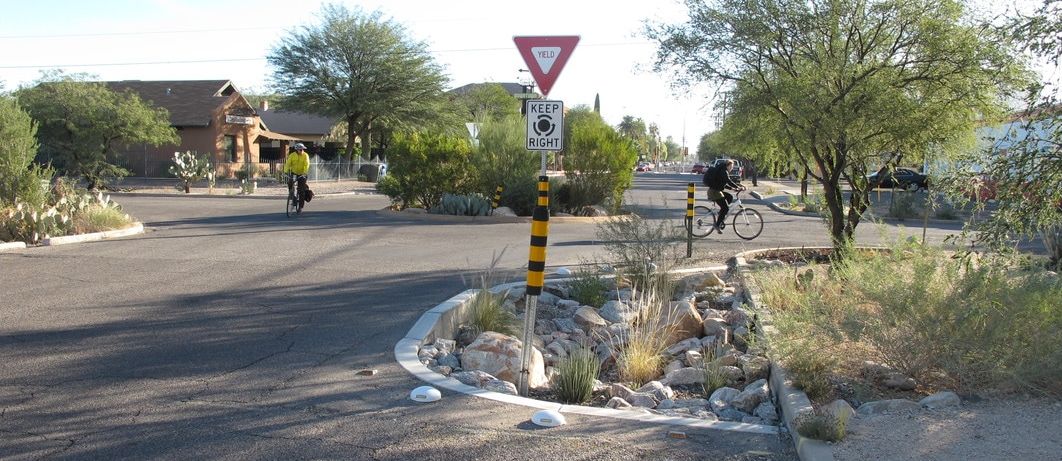
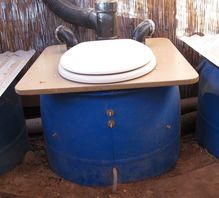

 RSS Feed
RSS Feed